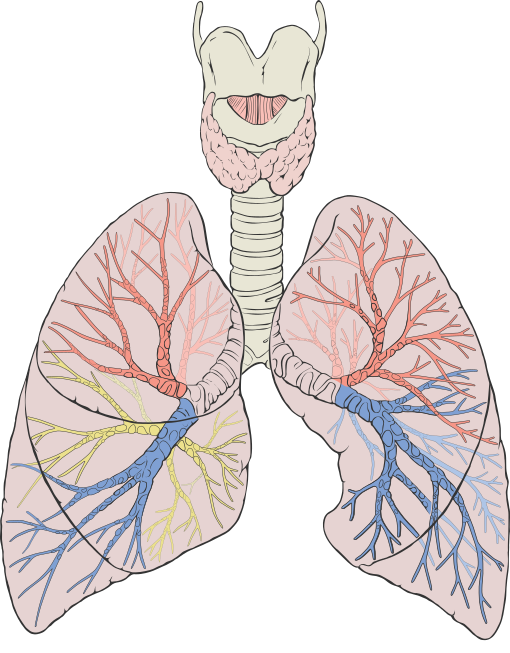 |
| Flow model of Earth's liquid core by Gary A. Glatzmaier |
The invisible magnetic field extends from Earth's inner core into space.
Surprisingly little is understood about the physics of Earth's core.
"We do not understand how the Earth’s magnetic field has lasted for billions of years. We know that the Earth has had a magnetic field for most of its history. We don’t know how the Earth did that."
— David Stevenson, California Institute of Technology
Planets in our solar system with weaker magnetic fields and less capacity to deflect lethal radiation (Mars and Venus), don't appear suitable to support life.
Our extra-terrestrial understanding rapidly advances because we've launched exploratory probes into space and because the universe weaves a narrative from various forms of electromagnetic radiation — principally light. Our subterranean understanding, our knowledge about the machinations of Earth's core, slowly plods along because of the physical and practical limits of sub-surface exploration.
Existential curiosity constrained by the practical limits of experiential discovery has been fodder for poets for millennia, like Charles Simic's contemplation of a stone:
| From the outside the stone is a riddle: No one knows how to answer it. Yet within, it must be cool and quiet Even though a cow steps on it full weight, Even though a child throws it in a river, The stone sinks, slow, unperturbed To the river bottom Where the fishes come to knock on it And listen. — Charles Simic, excerpt from the poem Stone |
All the deepest tunnels, mines, and borings are made within the confines of Earth's crust. All Earth's deepest caves and chasms exist within the crust, yet the crust is like an eggshell compared to Earth's immense interior.
If Earth were the size of an apple, one of the deepest exploratory holes (the Kola Superdeep Borehole), wouldn't pierce the skin of the apple.
"There is a danger that we will compartmentalize our understanding of an aspect of the universe by saying to ourselves, ‘OK, we know we can’t go there, so we’re going to build this elaborate story of what’s there based on remote observations.’ And this is what we do for the Earth."While exploration and direct experience are often the preferred pillars of discovery, much of scientific theory advances by posing plausible models and by forming mathematical constructs often without the aid of exploration or direct experience.
— David Stevenson
Researchers have calculated the relative age of Earth's crust compared to its core. From their calculation, they proposed that core is 2.5 years younger than its crust. Their calculation is based on a construct from the theory of relativity called time dilation.
Relativity posits that massive bodies, like planets, warp spacetime. The spacetime warp causes a gravitational pull that necessitates the slowing of time since gravity is a function of mass and acceleration (which includes a component of time). A hypothetical clock placed on the crust (larger mass) would run faster than one placed near the core (smaller mass).
"Trying to understand the way nature works involves a most terrible test of human reasoning ability. It involves subtle trickery, beautiful tightropes of logic on which one has to walk in order not to make a mistake in predicting what will happen."
— Richard Feynman
REFERENCES
- Journeys to the Center of the Earth, Tim Folger, Discovery Magazine, 14 July 2014.
- New Calculations Show Earth's Core is Much Younger than Thought, Bob Yirka, Phys.org, 26 May 2016.
- Stone, a poem by Charles Simic.









